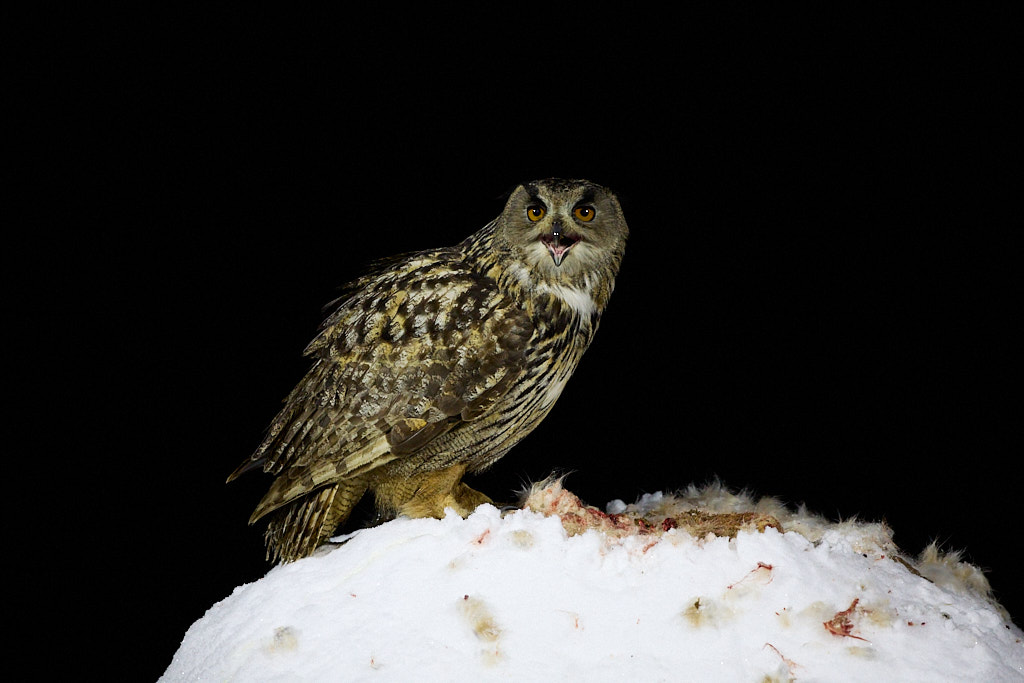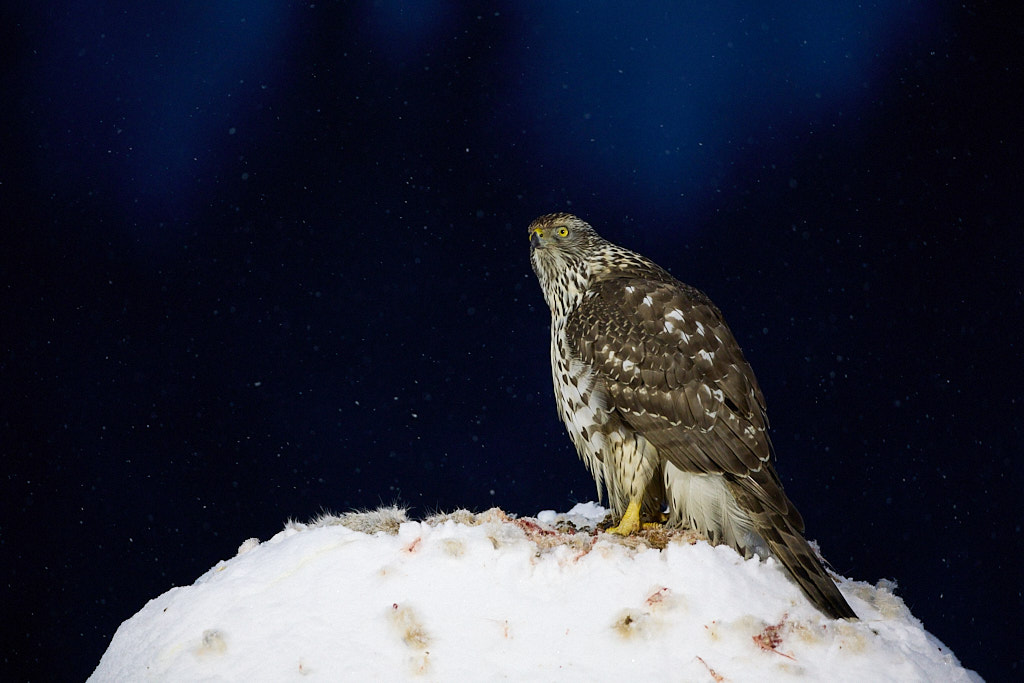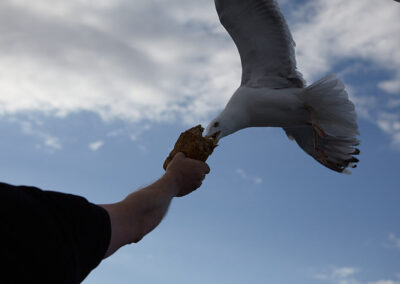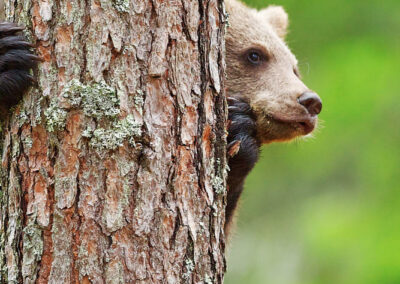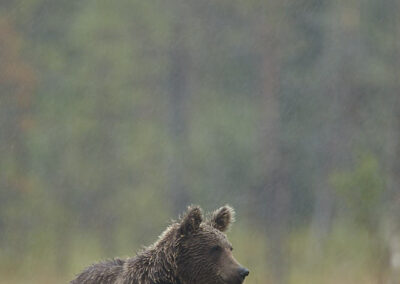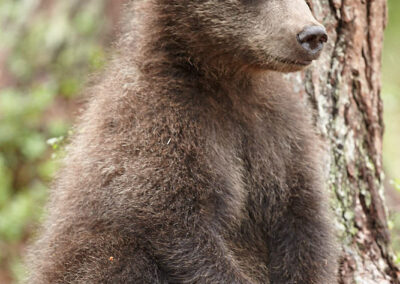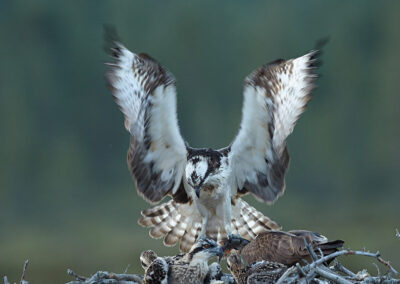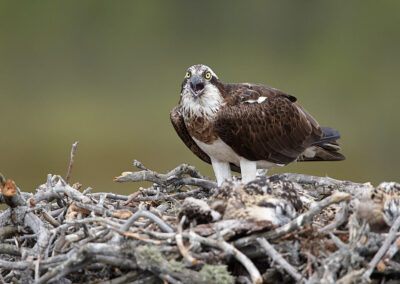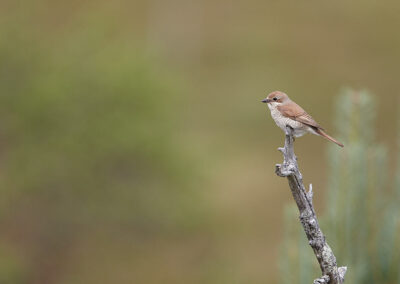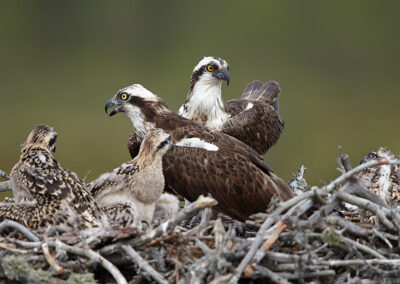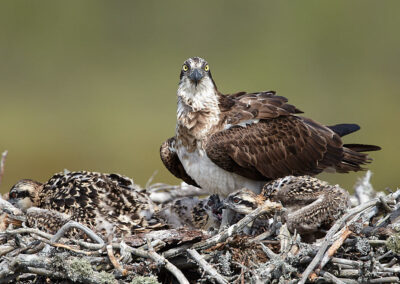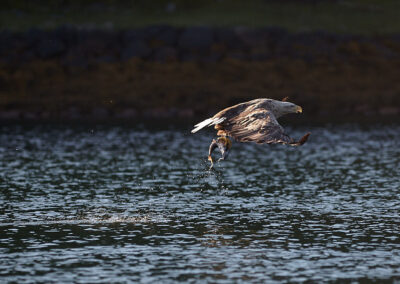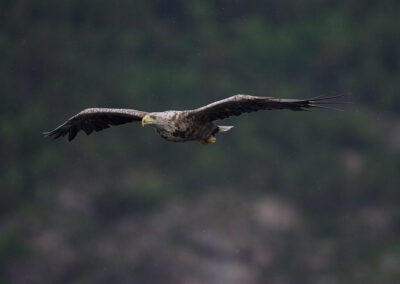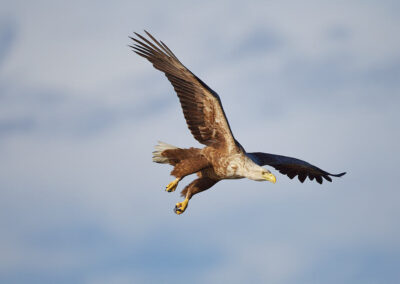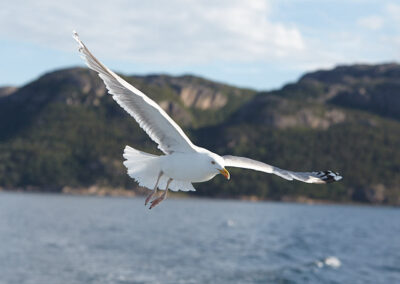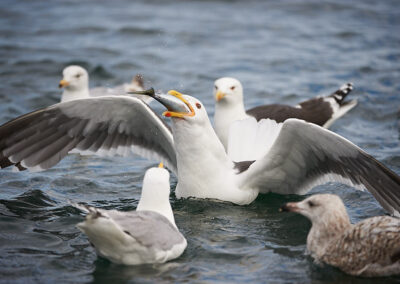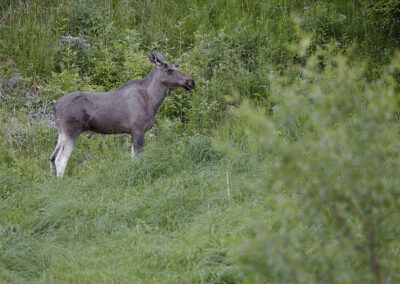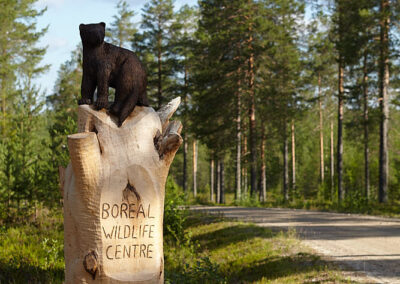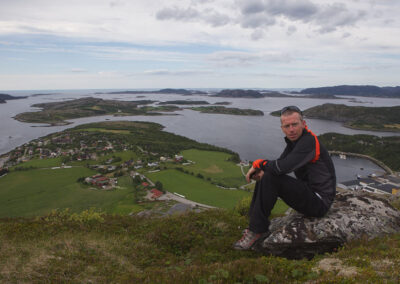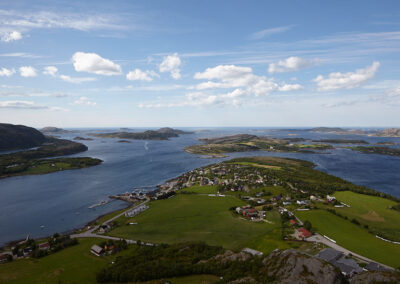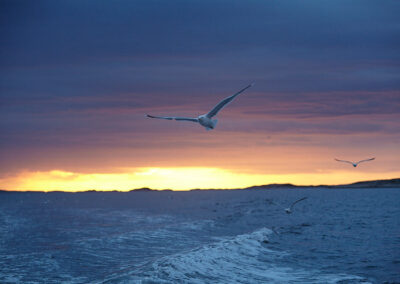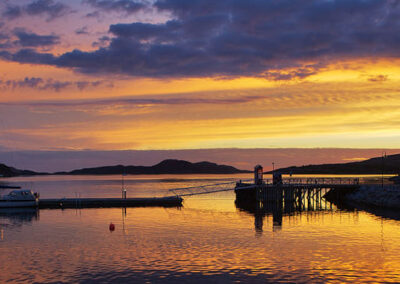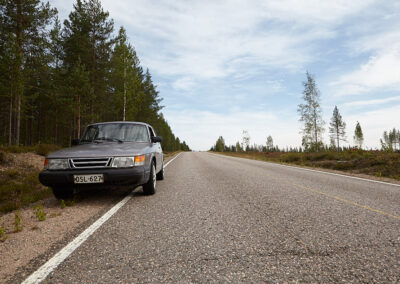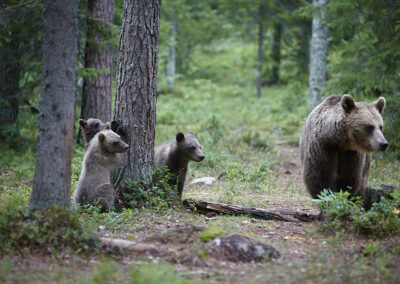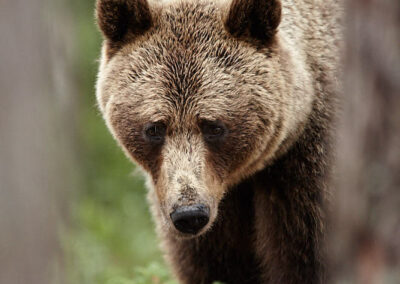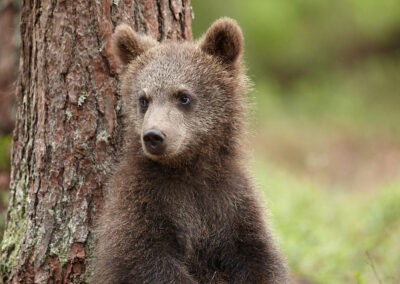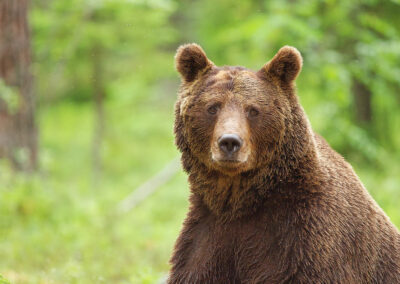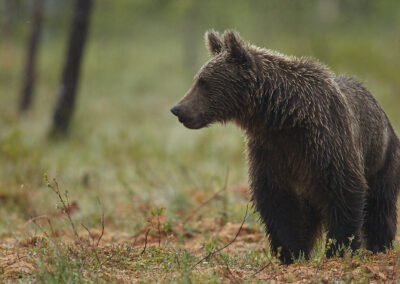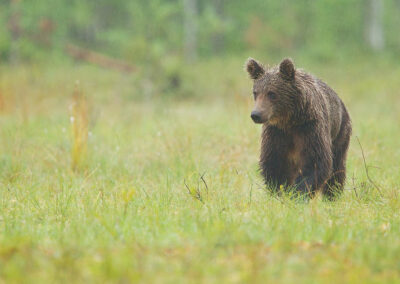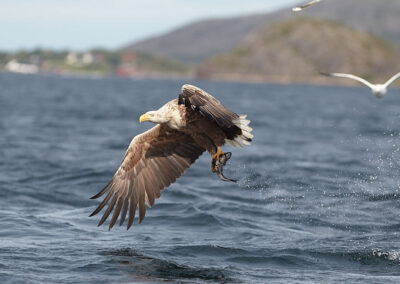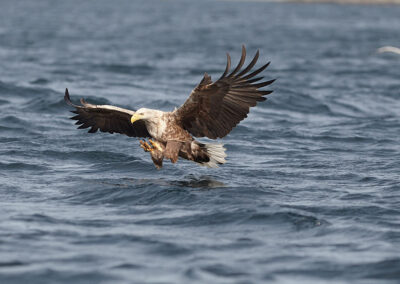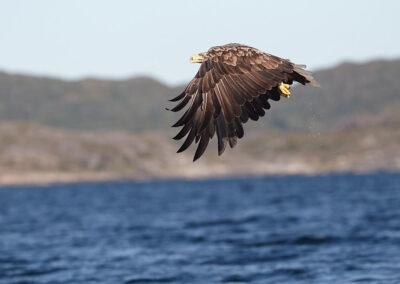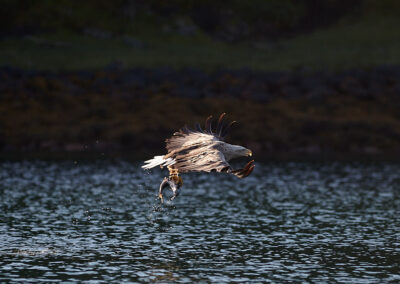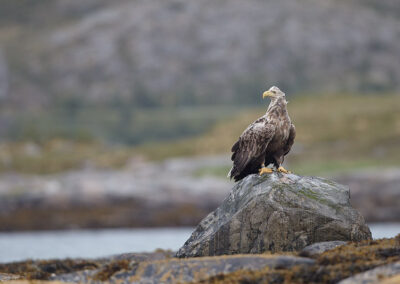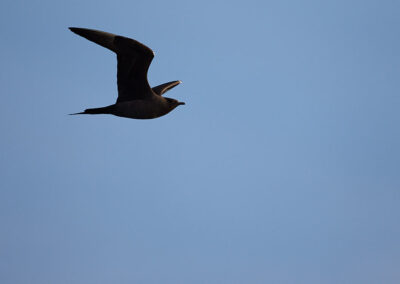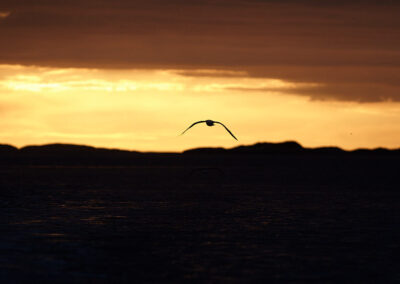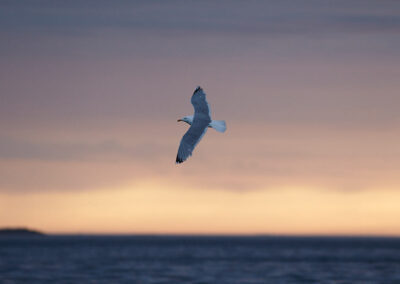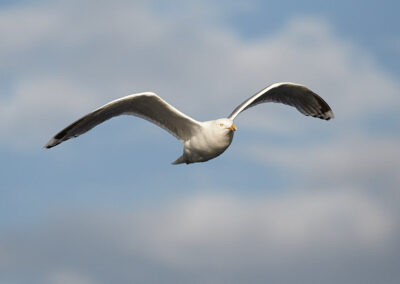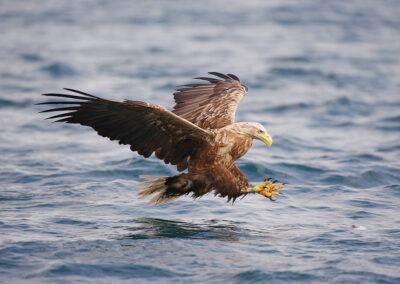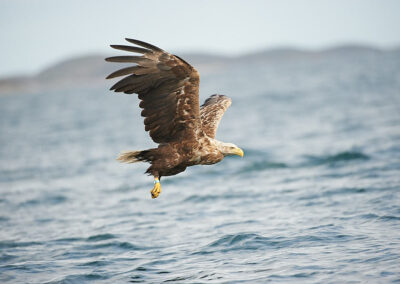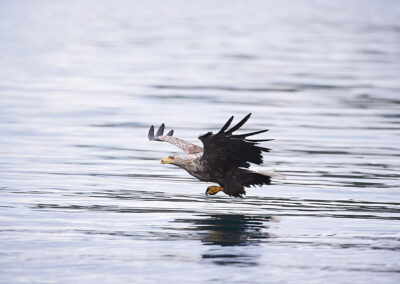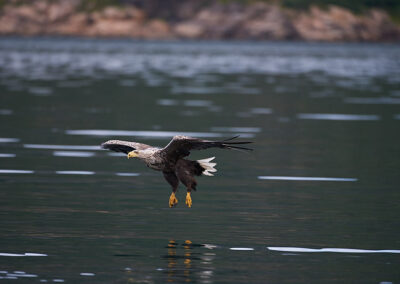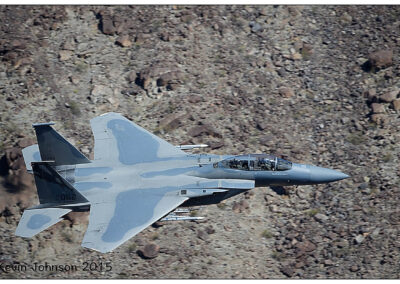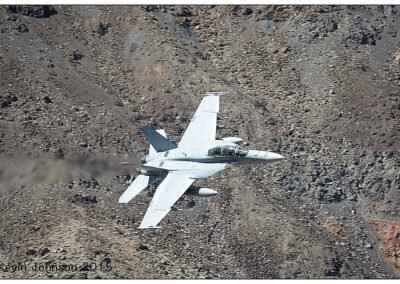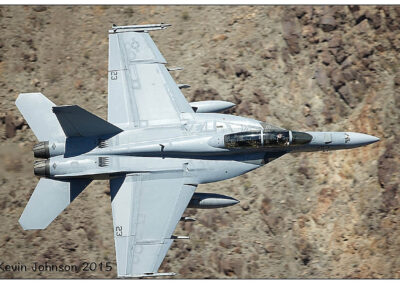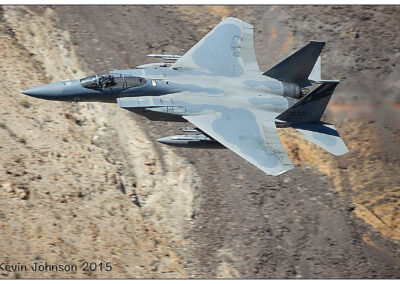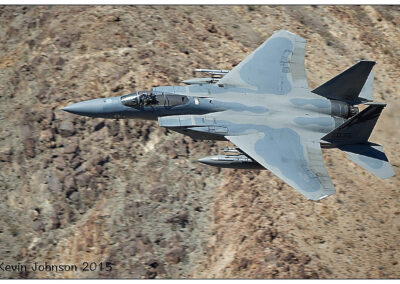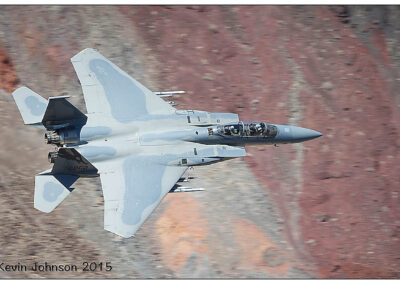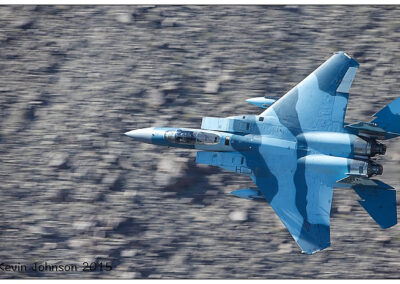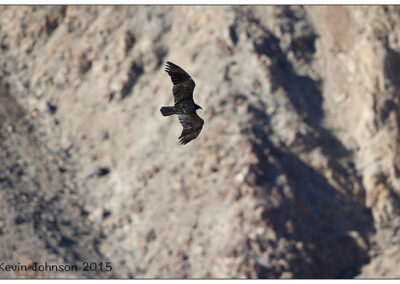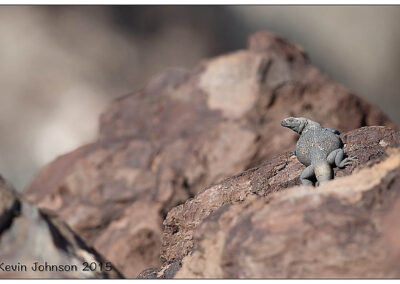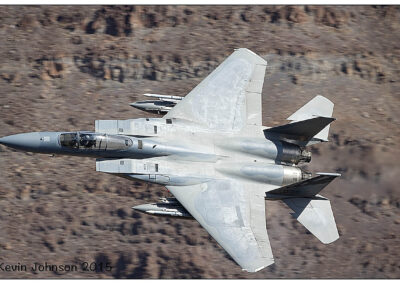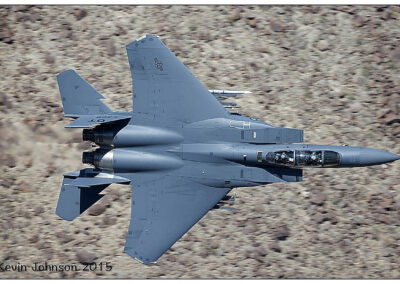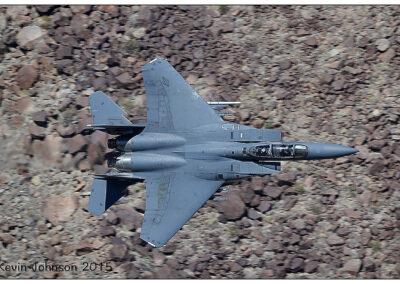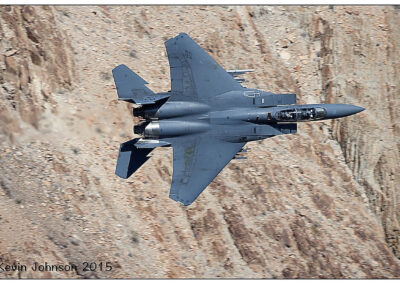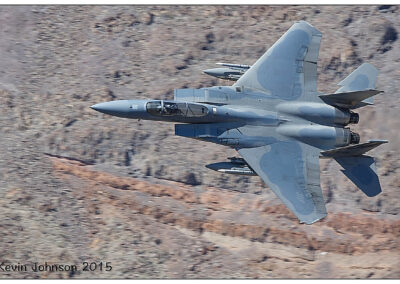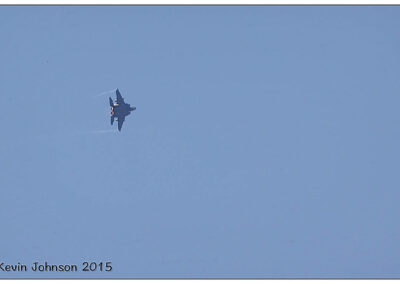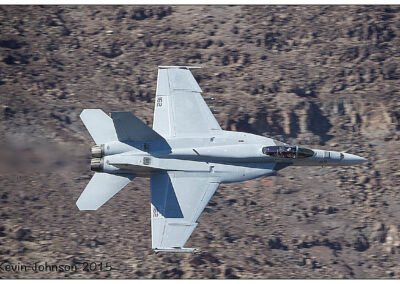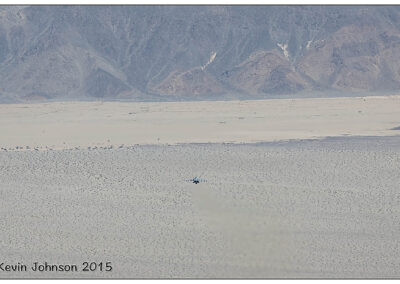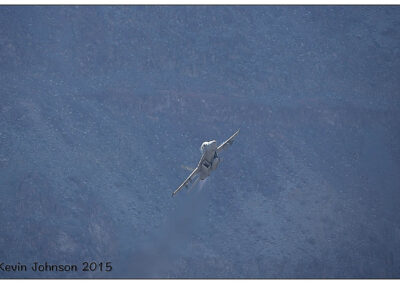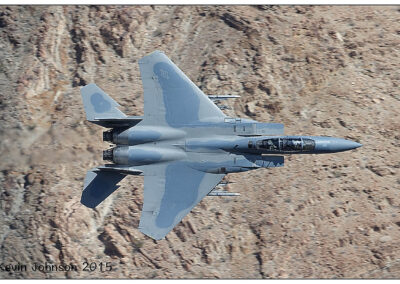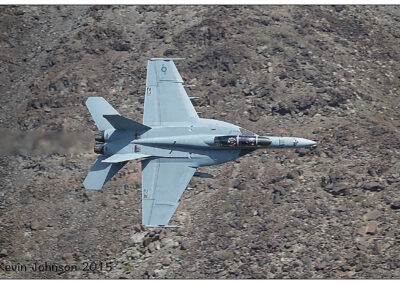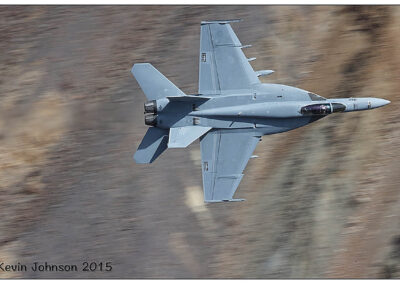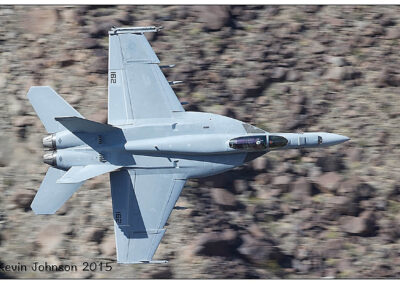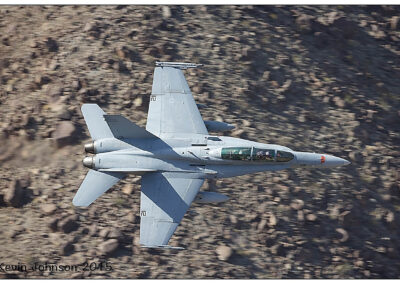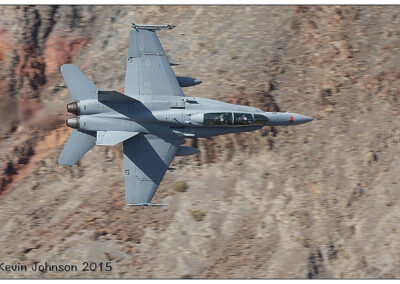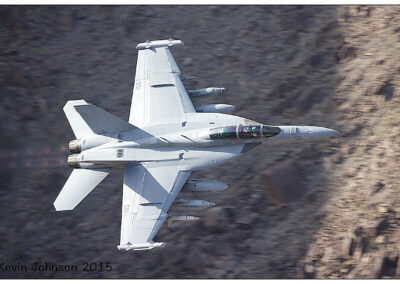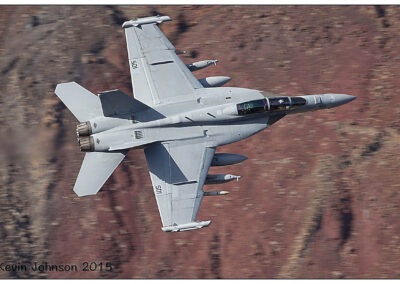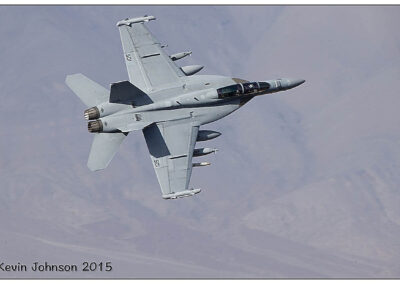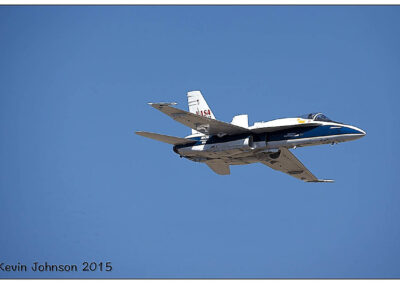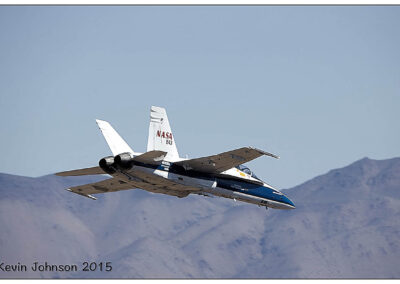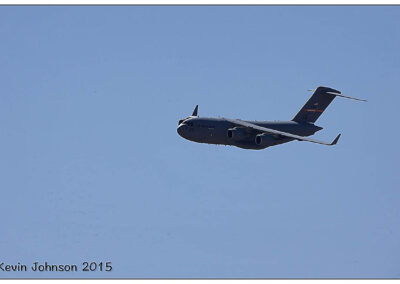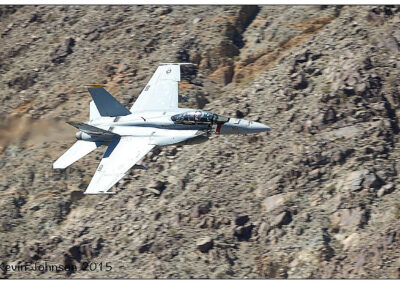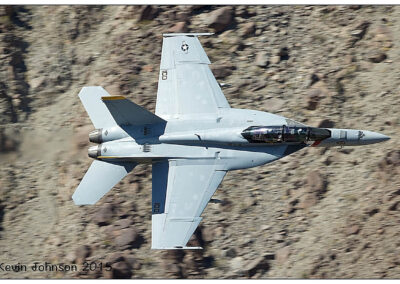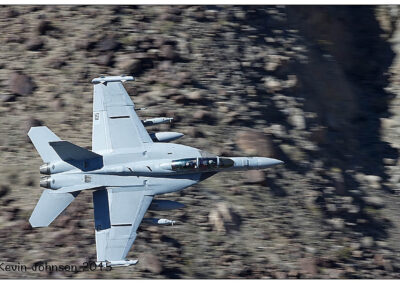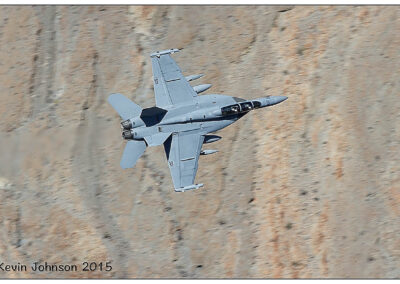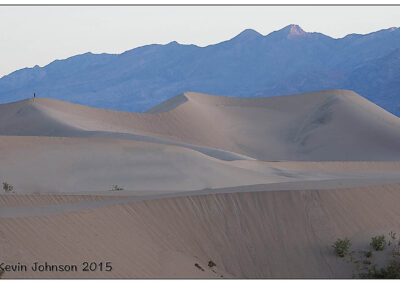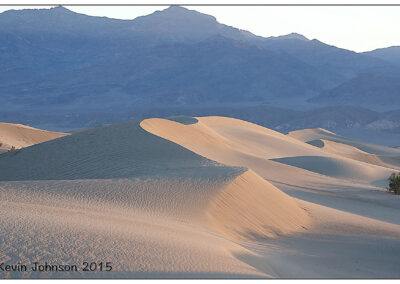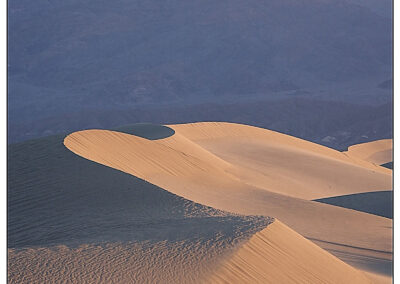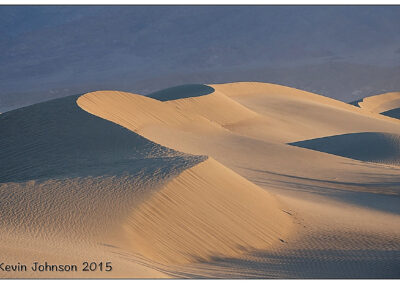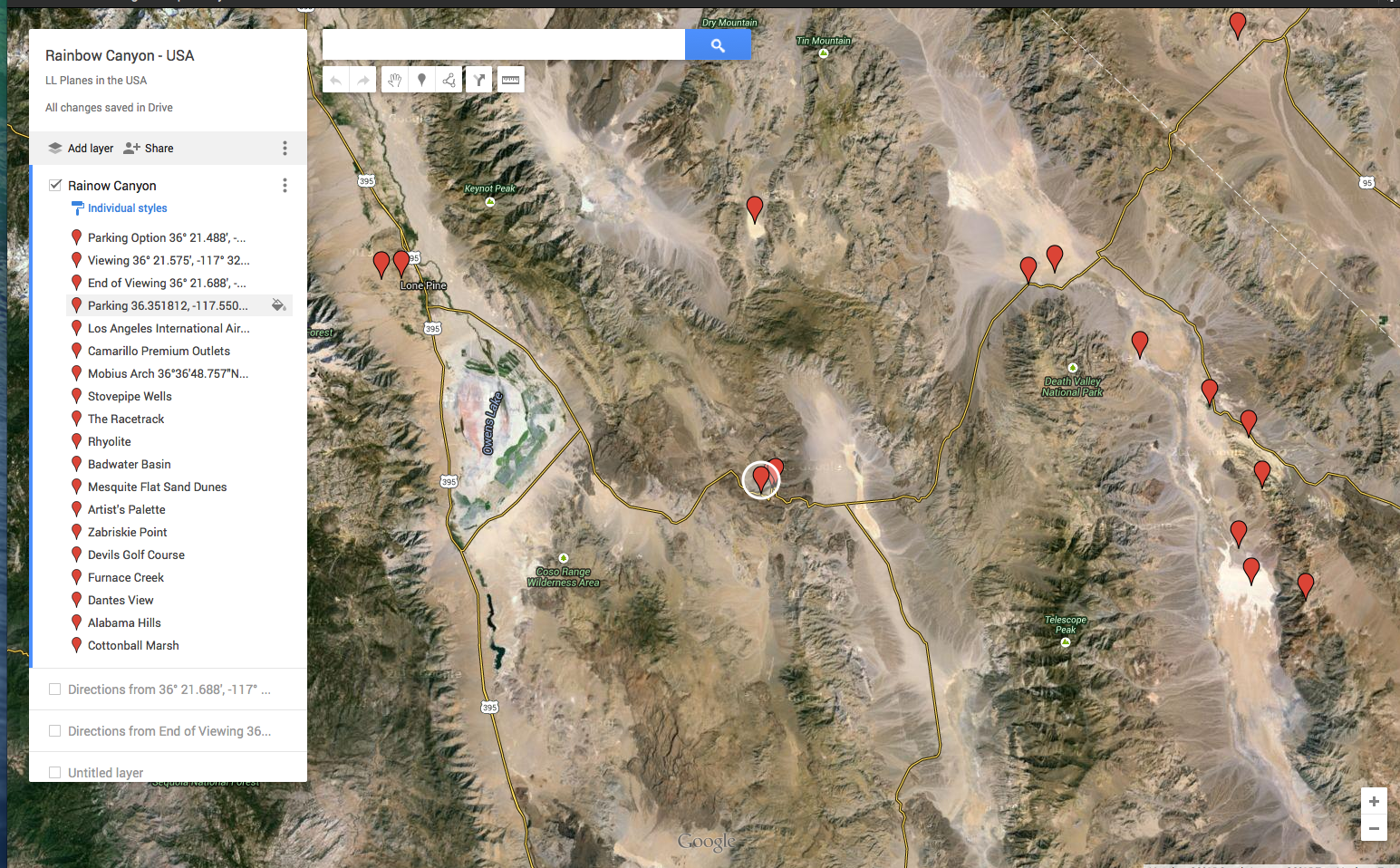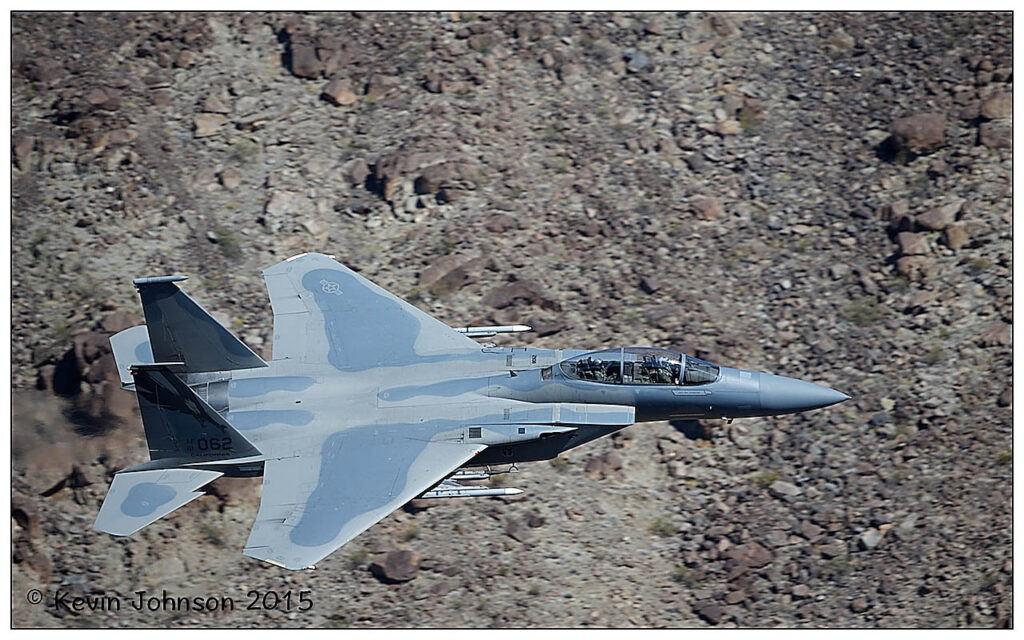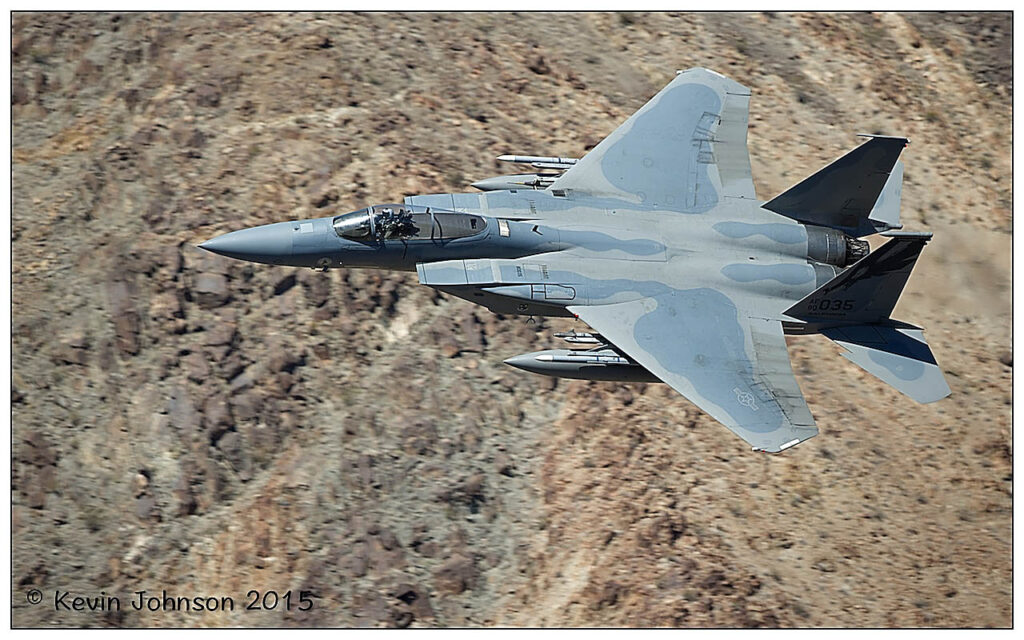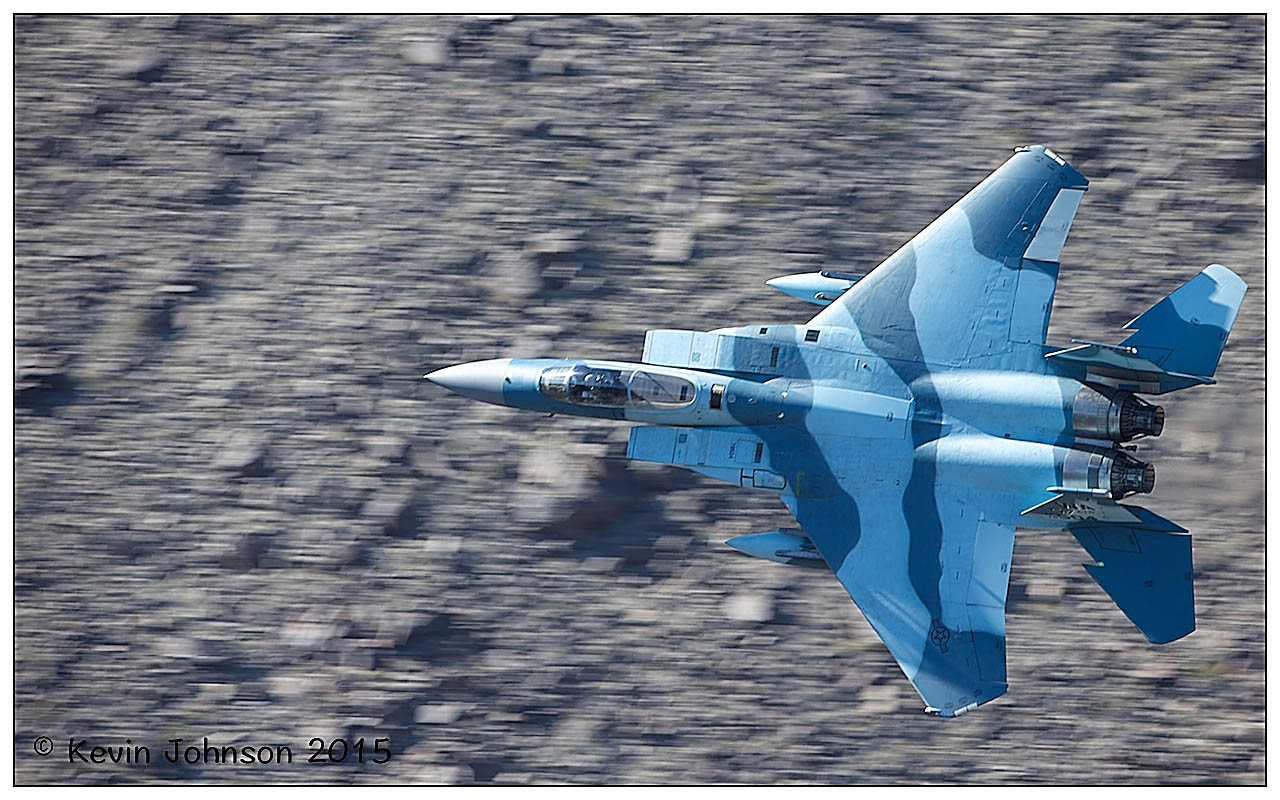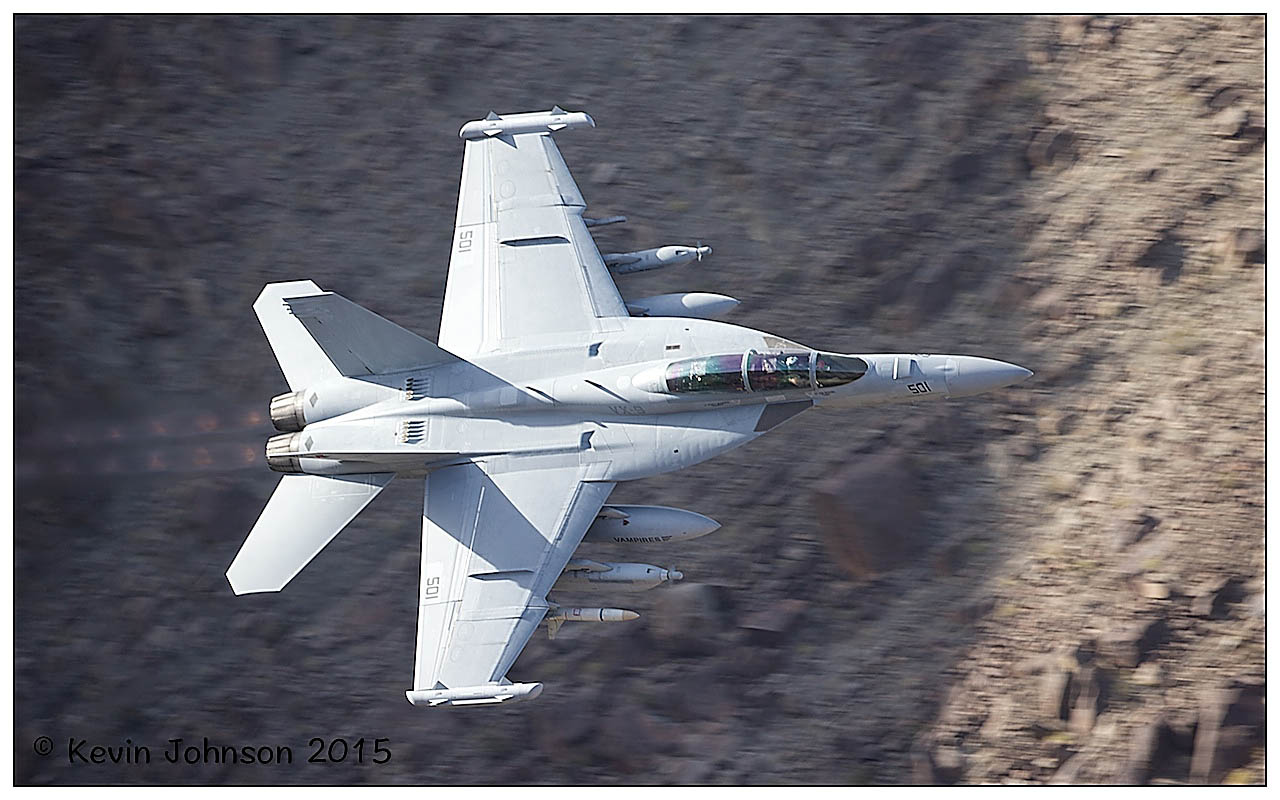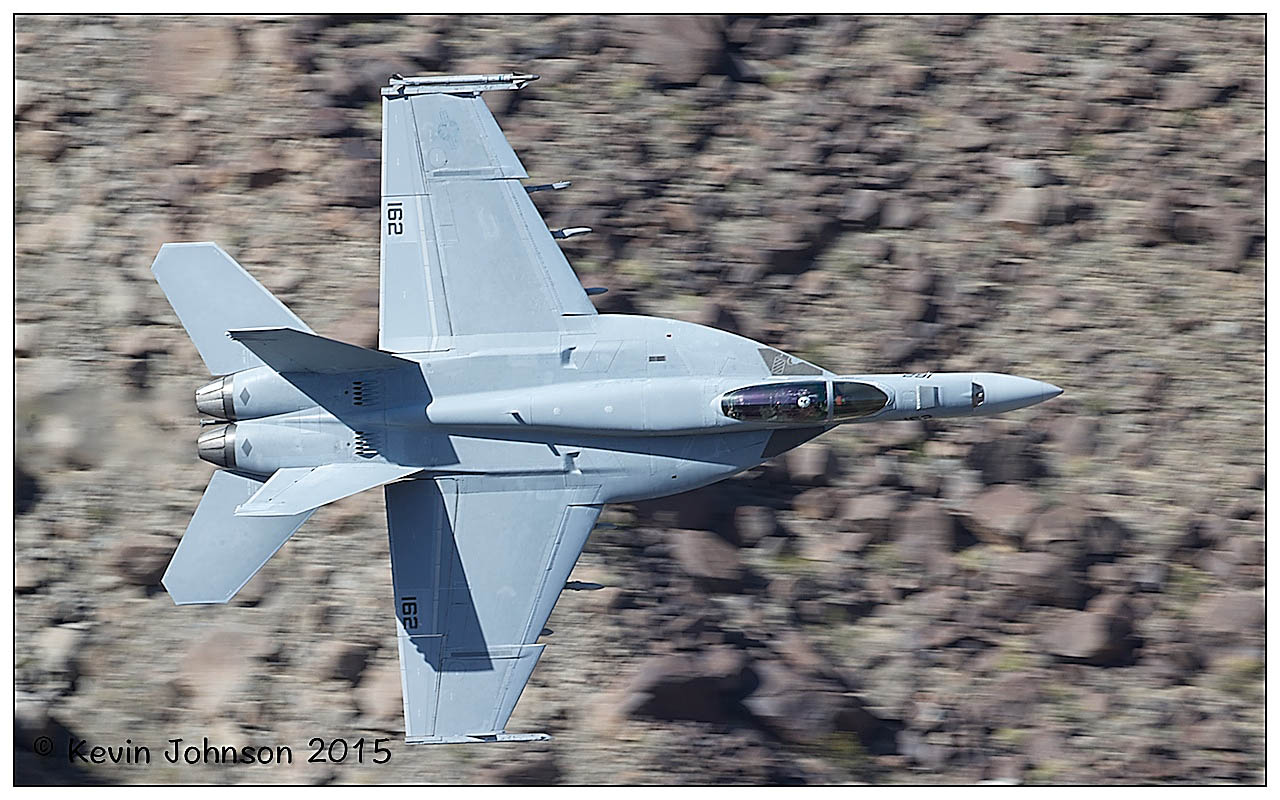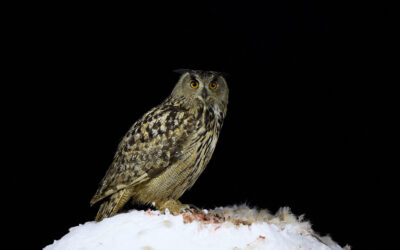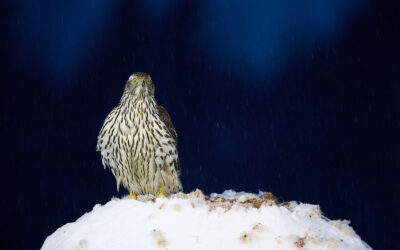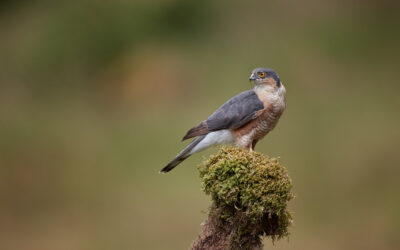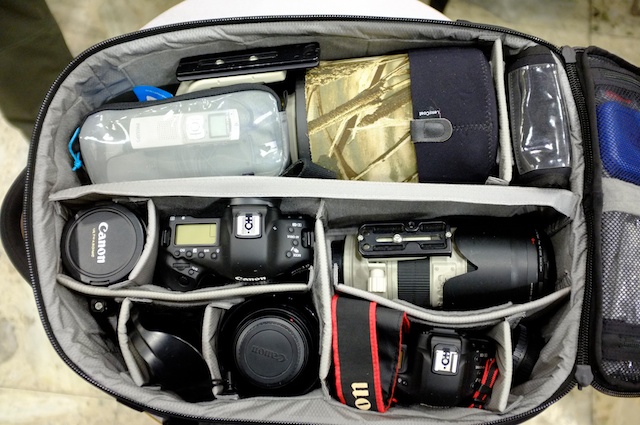Eagle Owls and Goshawks in Snowy Finland
Finland
EAGLE OWLS & GOSHAWKS
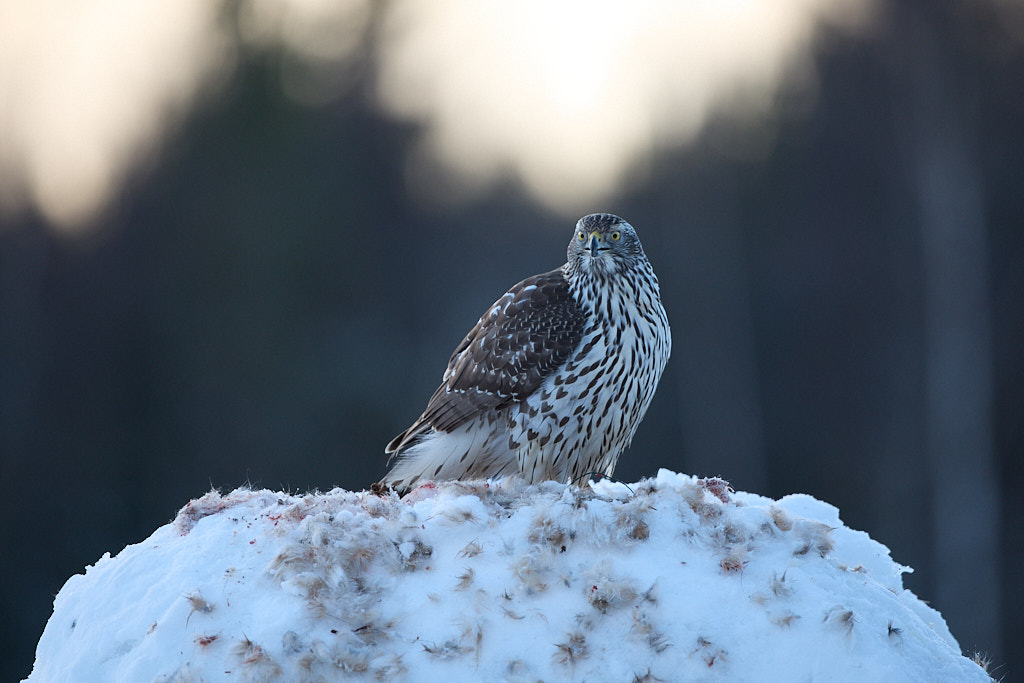
DAY ONE
So i was lucky enough to get over to Finland in early 2023 to try get some images of the Northern Goshawk and the Eagle Owls. I went with a company called Finnature – a local based company that has been operating some such tours for the past twenty years now. I paid for two nights in the hides in the hopes of seeing the Goshawk and the Eagle owls. This is what i took away from the visit and the experience.
So the day starts around noon with a meeting with your guide – in my case it was Jari from Finnature. I met him at the Visitor Center just outside Liminka. Liminka is about 25 minutes from Oulu and the visitor center is about 6km outside Liminka. We drove 2km back to the hide locations – it is off road a little and if you are planning to head into town the following day for supplies take note of the twists and turns to get there and back again. Everything looks different in the dark compared to driving in in daylight. The hides are converted caravans and they are done really well. I was in one and another photographer was in the other. I setup the R3 with the 500mm in one window with the gimbal head and the R5 with the 100-500 in the other window with the ball head. There is a good field of view with regards to the perch in front of you and to the side areas where the smaller birds will feed.
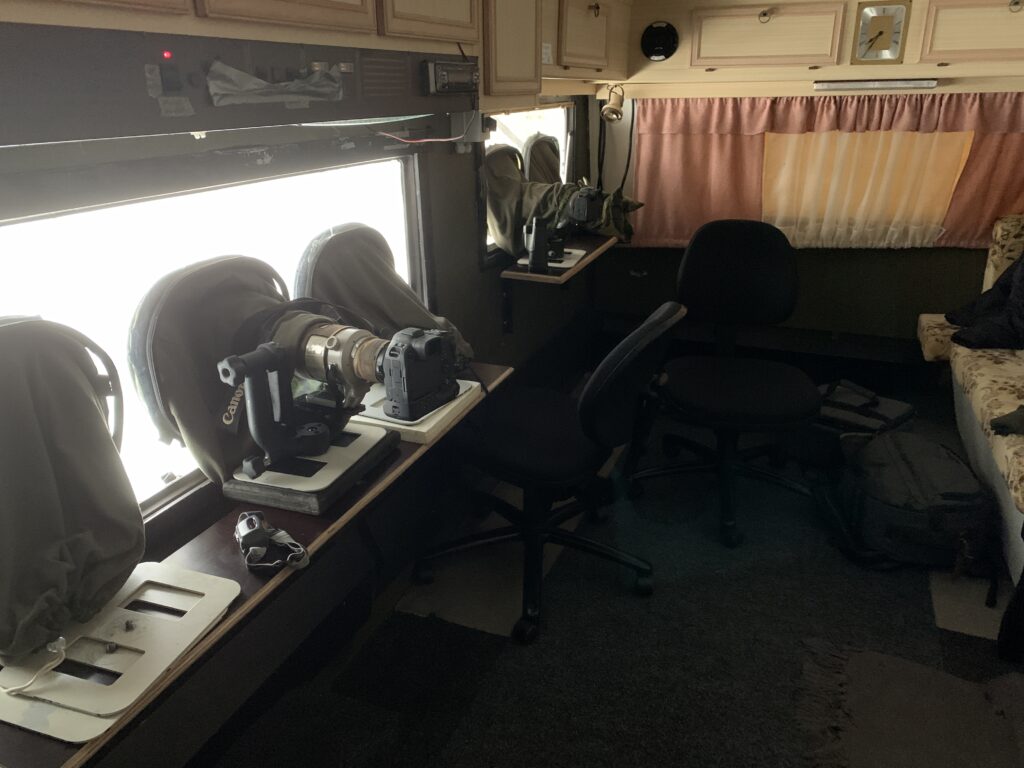
Within an hour there was a Goshawk in and feeding. The day was dull in January and overcast so you are going to need a high ISO if you want to capture any action shots. 500mm is good on a full frame for this bird but not if there is fighting or wing spread action shots involved. Also you are shooting slightly below the perch so you are looking up towards it a little. You are also crouching in the chairs a lot if you plan to use the viewfinder. This was my approach as there was no power in the hides and I did not want to deplete my two batteries in the R3 in the first day. There was no way to re charge them. I used the viewfinder for most of the first day and did not review any image really. At the end of 24 hours i had 50% battery left and over 1100 images taken. I was confident now that I could relax a little going into the second day of shooting. I would not be taking as many images again as the first day was a novelty for me. The R5 handled well also again shooting over 1000 images off a single battery. The hides are warm so the cold does not adversely affect your batteries. However it is always good to have spares when in here for a few days. I brought a battery pack with me that will charge the R5 batteries if needs be – I could not get one for the R3 but it looks like i will be ok on both fronts anyways. I am careful when it comes to image review and leaving screens on etc at the start of a shoot – quick auto power off and prefer to use the eye finder as opposed to the touch screen. This gives me the most out a battery. I also record short videos where possible and again this saves on the battery.
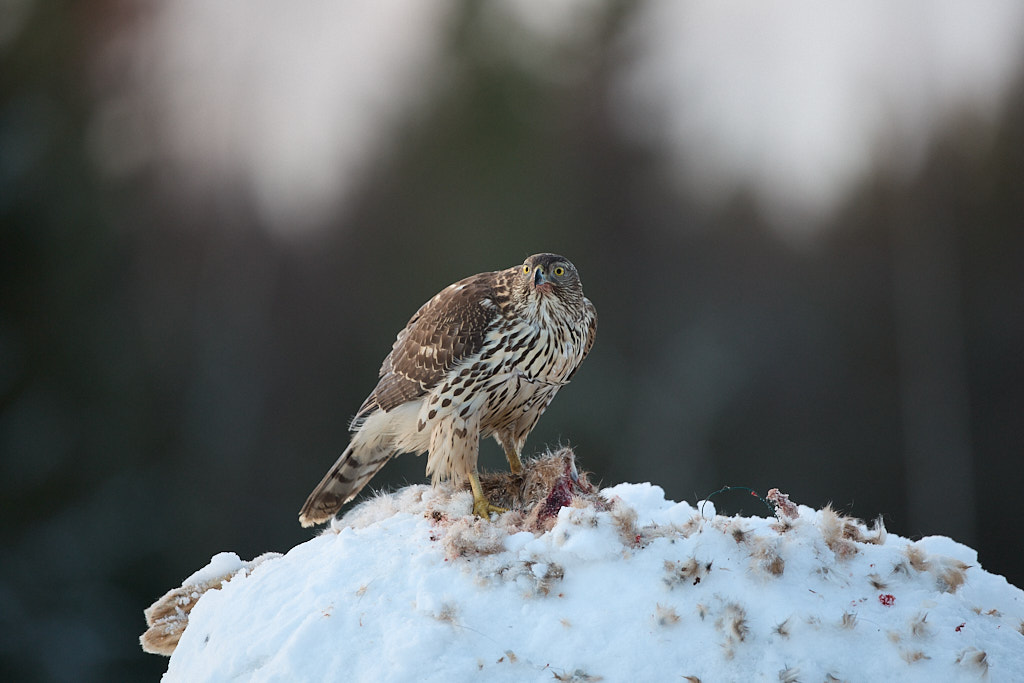
The Goshawk left before 1600 and the owl came in for an hour to feed. There was still some light in the sky behind but not a lot. Jari said to turn on the lights on the perch around 1500 and we did . We needed them . Even with those lights on – you still need a high iso if you plan to shoot the owl moving around ie shutter speeds of 1/320+ will see you shutting 8000 iso or higher. I was shooting on the 100-500mm here for my aperture was 7.1 at 500m. Once you get some keeper images you can of course experiment and drop the iso and shutter speed yourself to try get cleaner sharper images. Once the owl left it turned out to be a long quiet night after that. There is a buzzer in the hides that alerts you when there is something on the perch – however the buzzer is low and you need to be a light sleeper in order to hear it. I don’t know if i heard it at 0400 or not – i woke up and the owl was there and i got 30 minutes of shots before it headed away. It was a quiet night according to Jari but i was still happy as i had two visits from the owl and the Goshawk was in also so for me it was win win. I went back to bed and got some sleep .
DAY TWO
The following morning I got up around 0830 as it was still dawn outside and the light was only starting to arrive. I checked my cameras from last night and got a cup of coffee and sat down to wait. I did not have to wait long. 0900 and the Goshawk was back in and feeding. It transpired that she stayed for over 4 hours – with several mobs from other Goshawks trying to get her off the perch and the food so they could feed. A very loud and interesting morning . The small birds were at the feeders – blue tit, great tit, yellowhammers , finches , Jays, woodpeckers and there was even a squirrel in front of the hide I was in. I did see a willow tit also but did not get any good images of it unfortunately. I left the hide at 1500 and headed into town when the maintenance man was there cleaning up and putting out some new bait for the night. It was a dead hare. Most of the bait is roadkill from what i understand. I got into town – got a hot meal and some food at the supermarket and then headed back to the hides again. I forgot to take in my flask to get hot water for coffee and tea but i was ok. I got back to the hides and resettled by 1630. It was dark now and i turned on the lights on the perch. There was no action again till 0100. The owl was in but only stayed about 15 minutes. I got dressed and settled down to take some images and got a few before it flew off. I waited around but no return. The owl was back again at 04:00 but only stayed for 15 minutes or so. I went back to bed and the owl came back in around 0430. I stayed in the sleeping bag this time and got some shots before it flew off at 0445. Maybe i was spoilt the day before with the long visits – maybe this was more like the bird and how it behaves. I didn’t see the owl again for the rest of the trip. I got up at 0900 and the goshawk was waiting on the crossbeam over the perch. I turned off the perch lights around 0930 and got some shots and then got some breakfast. The light was to be nice this morning with some sun but cold today. Temperatures set to drop to -8 or -9 by the end of the day. Hawk stayed around till noon- then it knocked the hare off the perch before flying away. Two more hawks came in looking for food and only found scraps. I finished up around 1400 and loaded up the car and headed away – on to my next adventure – The Golden Eagles! .
